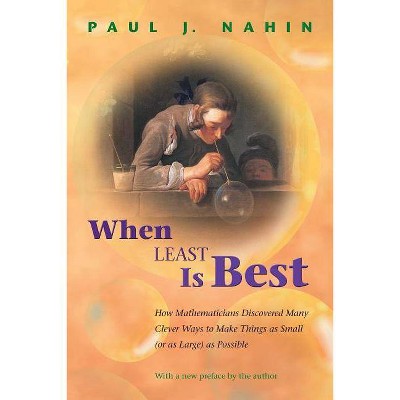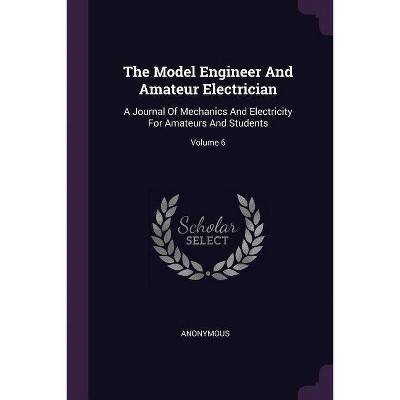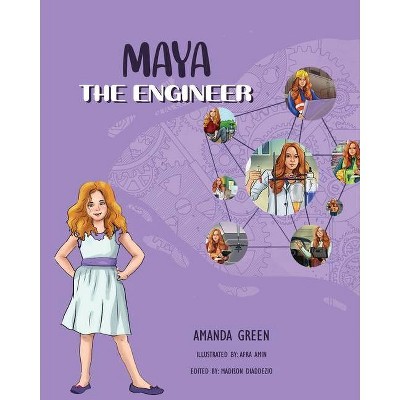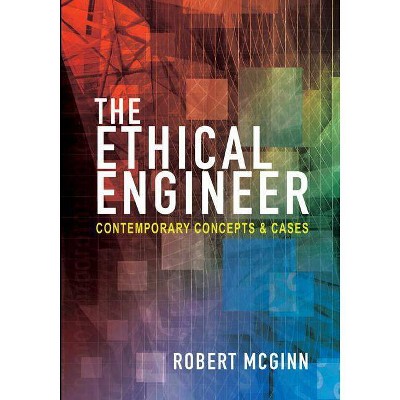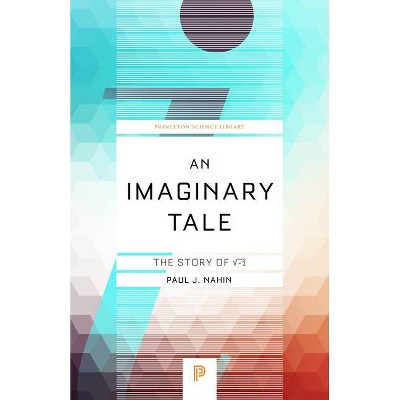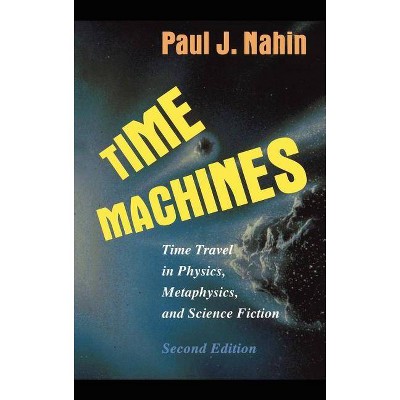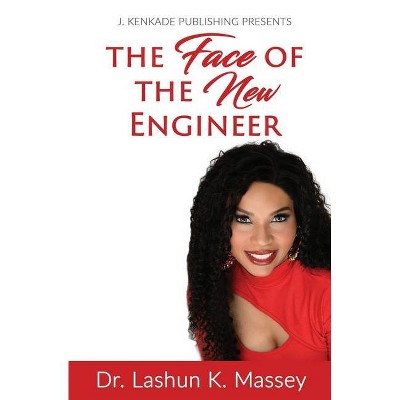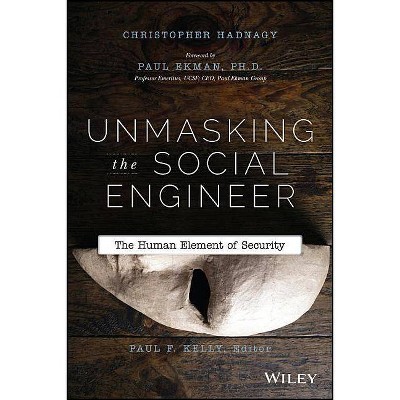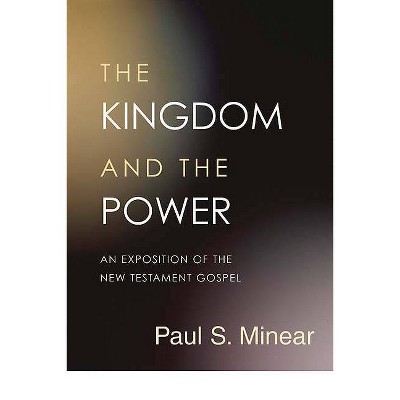The Logician and the Engineer - by Paul J Nahin (Paperback)
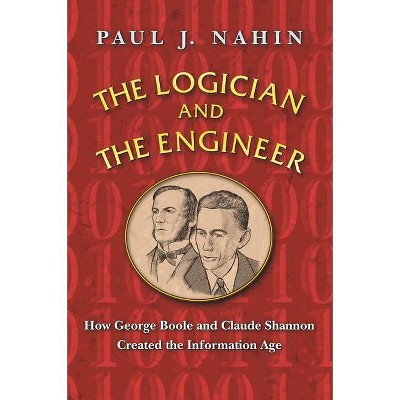
Similar Products
Products of same category from the store
AllProduct info
<p/><br></br><p><b> About the Book </b></p></br></br>Third printing. First paperback printing. Original copyright date: 2013.<p/><br></br><p><b> Book Synopsis </b></p></br></br><p><b>How two pioneers of math and technology ushered in the computer revolution</b> <p/>Boolean algebra, also called Boolean logic, is at the heart of the electronic circuitry in everything we use--from our computers and cars, to home appliances. How did a system of mathematics established in the Victorian era become the basis for such incredible technological achievements a century later? In <i>The Logician and the Engineer</i>, Paul Nahin combines engaging problems and a colorful historical narrative to tell the remarkable story of how two men in different eras--mathematician and philosopher George Boole and electrical engineer and pioneering information theorist Claude Shannon--advanced Boolean logic and became founding fathers of the electronic communications age. Nahin takes readers from fundamental concepts to a deeper and more sophisticated understanding of modern digital machines, in order to explore computing and its possible limitations in the twenty-first century and beyond.</p><p/><br></br><p><b> From the Back Cover </b></p></br></br><p>"In this book, Nahin brings to life the immense practical outcomes of deep theoretical ideas. Too often, technological advances are seen as isolated inventions and the underlying mathematical and scientific infrastructure goes unappreciated. By following the story of George Boole and Claude Shannon with a lively historical style, and a futuristic extension to quantum computing, Nahin makes the connection of theory and practice into something vivid and compelling."<b>--Andrew Hodges, author of <i>Alan Turing: The Enigma</i></b></p><p>"From electromechanical relays to quantum computing, Nahin takes us on a delightful exploration of Boolean logic and the careers of George Boole and Claude Shannon. This is a superb book for anyone who wants to understand how that gigahertz chip in their favorite electronic doohickey really works."<b>--Lawrence Weinstein, author of <i>Guesstimation 2.0: Solving Today's Problems on the Back of a Napkin</i></b></p><p>"Written with the skill and ability that we have come to expect from Paul Nahin, <i>The Logician and the Engineer</i> is an interesting and informative account of the history of formal logic, the lives of its two great investigators, and the applications of Boolean algebra in electronic computation."<b>--Chuck Adler, St. Mary's College</b></p><p/><br></br><p><b> Review Quotes </b></p></br></br><br>[T]his is a useful and often interesting introduction to the life and work of two intellectual giants who are largely unknown to the general public.<b>---Gareth and Mary Jones, <i>London Mathematical Society Newsletter</i></b><br><br>A short but fairly detailed exploration of the genesis of Boolean logic and Shannon's information theory. . . . [G]ood background reading for anyone studying electronics or computer science.<b>---Christine Evans-Pughe, <i>Engineering & Technology</i></b><br><br>Although the book is technical, it is always easily understandable for anyone (for those who need it, some basic rules for electrical circuits are collected in a short appendix). It is not only understandable but also pleasantly bantering and at occasions even facetious.<b>---A. Bultheel, <i>European Mathematical Society</i></b><br><br>Most valuable to this reviewer, and likely to many potential readers, is the closing chapter, aptly titled <i>Beyond Boole and Shannon</i>. Here is provided an introduction to quantum computing and its logic, possibly portending the future of computers, yet unmistakably bearing the footprints of the two early pioneers. It is an unexpected yet fitting conclusion to this thoroughly enjoyable read.<b>---Ronald E. Prather, <i>Mathematical Reviews Clippings</i></b><br><br>The reader is taken on a journey from the development of some abstract mathematical ideas through a nearly ubiquitous application of those ideas within the modern world with so many embedded digital computers. . . . I enjoyed the discussion of Claude Shannon. In the history of the computer and development of the internet and World Wide Web, his ideas and contributions are too often overlooked. He is one of my heroes and I believe that everyone that reads this book will come to the same conclusion.<b>---Charles Ashbacher, <i>MAA Reviews</i></b><br><br>This book is not light reading. It would be excellent for advanced high school juniors or seniors with a strong interest in computer science as well as mathematics.<b>---Tom Ottinger, <i>Mathematics Teacher</i></b><br><br>The exposition is clear and does not assume any prior knowledge except elementary mathematics and a few basic facts from physics. I recommend this well-written book to all readers interested in the history of computer science, as well as those who are curious about the fundamental principles of digital computing.<b>---Antonín Slavík, <i>Zentralblatt MATH</i></b><br><br>Engaging. . . . Nahin assumes some rudimentary knowledge but expertly explains concepts such as relay circuits, Turing machines, and quantum computing. Reasoning through the problems and diagrams will give persistent readers genuine aha moments and an understanding of the two revolutionaries who helped to lay the foundation of our digital world.-- "Scientific American"<br><br>Meshing logic problems with the stories of two extraordinary men . . . Paul Nahin fashions a tale of innovation and discovery. Alongside a gripping account of how Shannon built on Boole's work, Nahin explores others key to the technological revolution, from Georg Cantor to Alan Turing.-- "Nature"<br><br>Nahin has had the very good idea of connecting the very different worlds and times of Boole, Shannon, and others to demonstrate that a little Victorian algebra can turn out to be very useful.-- "SIAM Review"<br><br>Nahin leavens the math and engineering with humor and an infectious intellectual curiosity, and the parallels between Boole and Shannon are convincingly drawn. . . . [<i>The Logician and the Engineer</i>] will give your brain a workout, but an enjoyable one.-- "San Francisco Book Review"<br><br>Part biography, part history, and part a review of basic information theory, this book does an excellent job of fitting these interlocking elements together.-- "Library Journal"<br><br>Paul J. Nahin really knows how to tell a good story. . . . The <i>Logician and the Engineer</i> is truly a gem.-- "New York Journal of Books"<br><br>The problems are varied and indeed intriguing, and the solutions are delightful.-- "Mathematics Magazine"<br><p/><br></br><p><b> About the Author </b></p></br></br><b>Paul J. Nahin</b> is the author of many bestselling popular math books, including <i>Mrs. Perkins's Electric Quilt</i>, <i>In Praise of Simple Physics</i>, and <i>An Imaginary Tale</i> (all Princeton). He is professor emeritus of electrical engineering at the University of New Hampshire.
Price History
Price Archive shows prices from various stores, lets you see history and find the cheapest. There is no actual sale on the website. For all support, inquiry and suggestion messages communication@pricearchive.us
